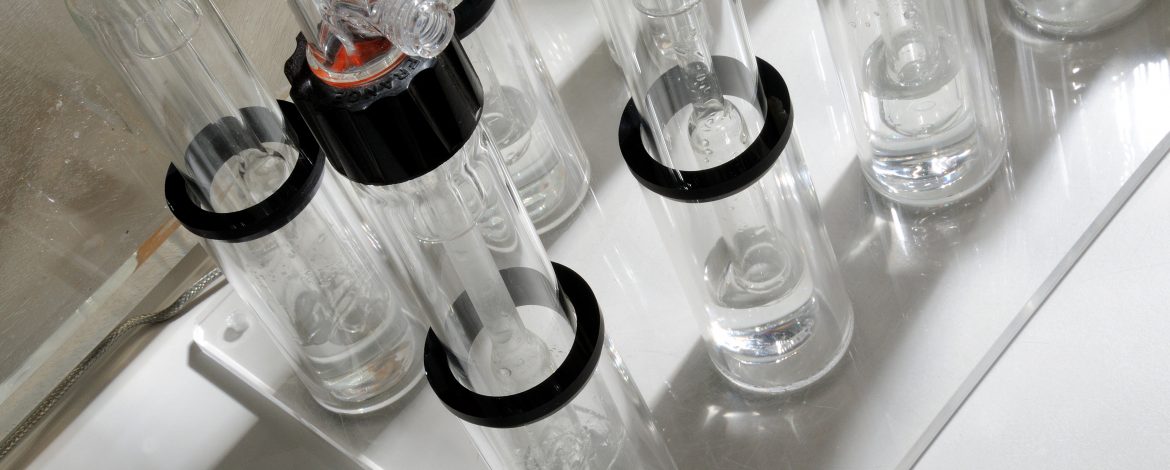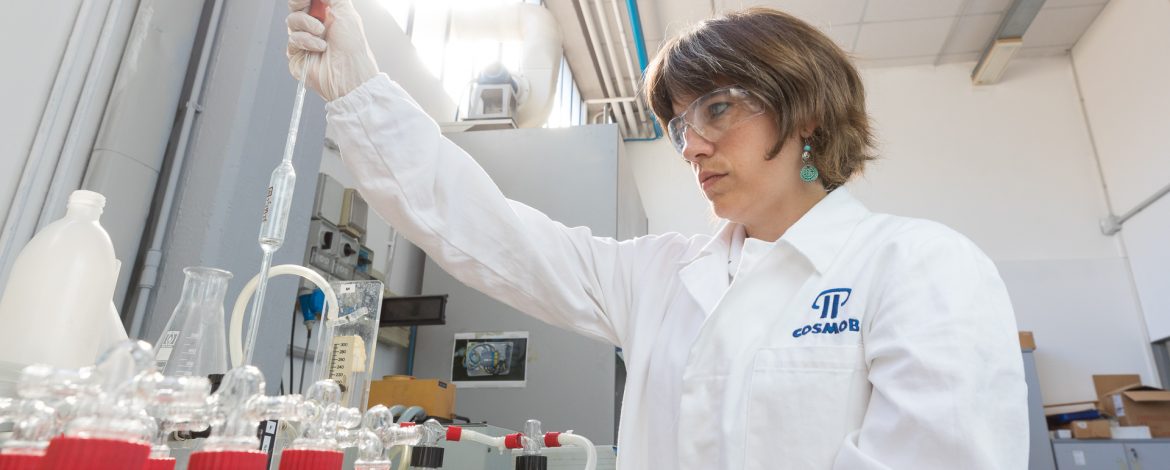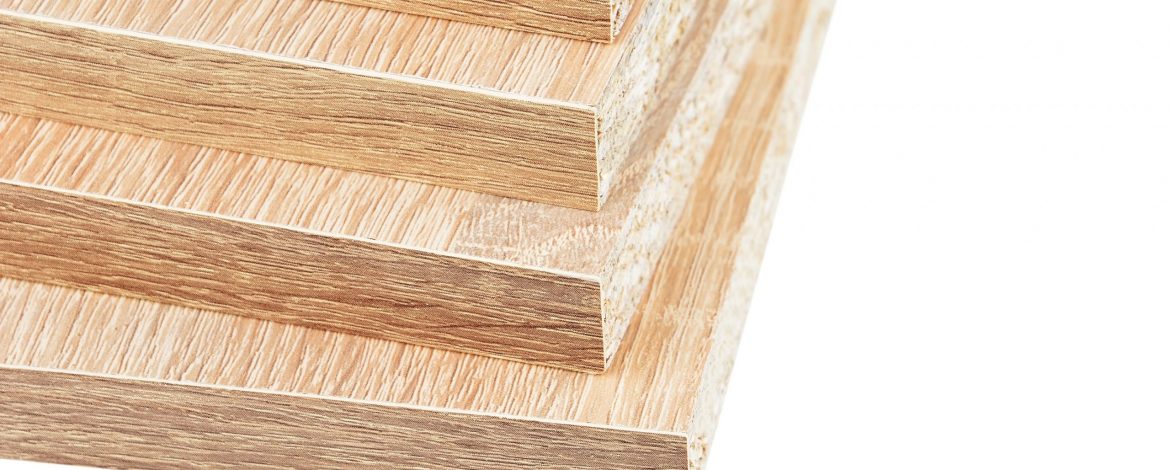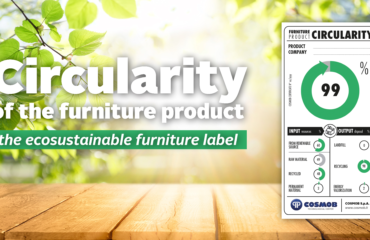The growing awareness of consumer health protection is now a priority for the entire global manufacturing sector, in particular for the wood-furniture sector.
Many of the materials used for the production of furniture such as panels, resins and paints can emit highly harmful volatile substances: among these the best known example is certainly formaldehyde.
The evaluation and control of these emissions are fundamental requirements in the dynamics that regulate the international export market, thanks to the increasing sensitivity of the institutions towards the safety of the furnishing product.
Among the reference standards for the determination of formaldehyde, from 18 February 2021 came into force the new version UNI EN ISO 12460-3:2021 – Wood-based panels – Determination of the release of formaldehyde – Part 3: Gas analysis method.
The standard specifies the procedure to be used for determining the accelerated release of formaldehyde from coated and uncoated wood-based panels by the gas analysis method.
This method consists of placing a surface (e.g., panel) inside a test chamber where temperature, humidity, airflow and pressure are checked against defined values.
The formaldehyde released from the sample is mixed with the air inside the chamber and constantly taken through the passage in special containers, called bubblers, containing an absorbent solution.
Subsequently, the release of formaldehyde is evaluated on the basis of the concentration in water, and the result is expressed in milligrams per square meter and hour (mg/m²h).
What changes does the norm introduce?
The main change is in the method of determination of formaldehyde of the sample as three test methods have been introduced in addition to that of the previous version of the standard.
Another new thing is the duration of the test which can be reduced from 4 to 3 hours.
This change particularly affects raw and chipboard-coated and MDF-coated samples (at least 6 mm).
Finally, the last change concerns the method of conditioning the samples of plates of decorative finishes for which it is recommended a conditioning of 7 days at 20° C and 65% humidity.
In order for companies to be updated on the regulatory framework of reference in the field of formaldehyde, COSMOB points out that the gas analysis method is used to check compliance with D.M. 10/10/2008 in force in Italy that imposes a ban on the marketing of products using wood-based panels with formaldehyde emission values higher than 0,1 ppm (E1 class).
Thanks to the experience gained in the field of quality control and indoor pollution, the COSMOB Quality Testing Laboratory is able to test formaldehyde emissions from coated and uncoated wood-based panels, according to the latest version of UNI EN ISO 12460-3:2021 accredited by ACCREDIA.








